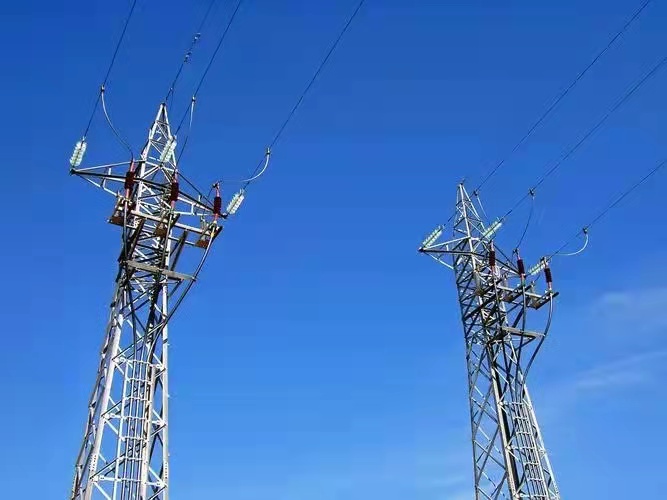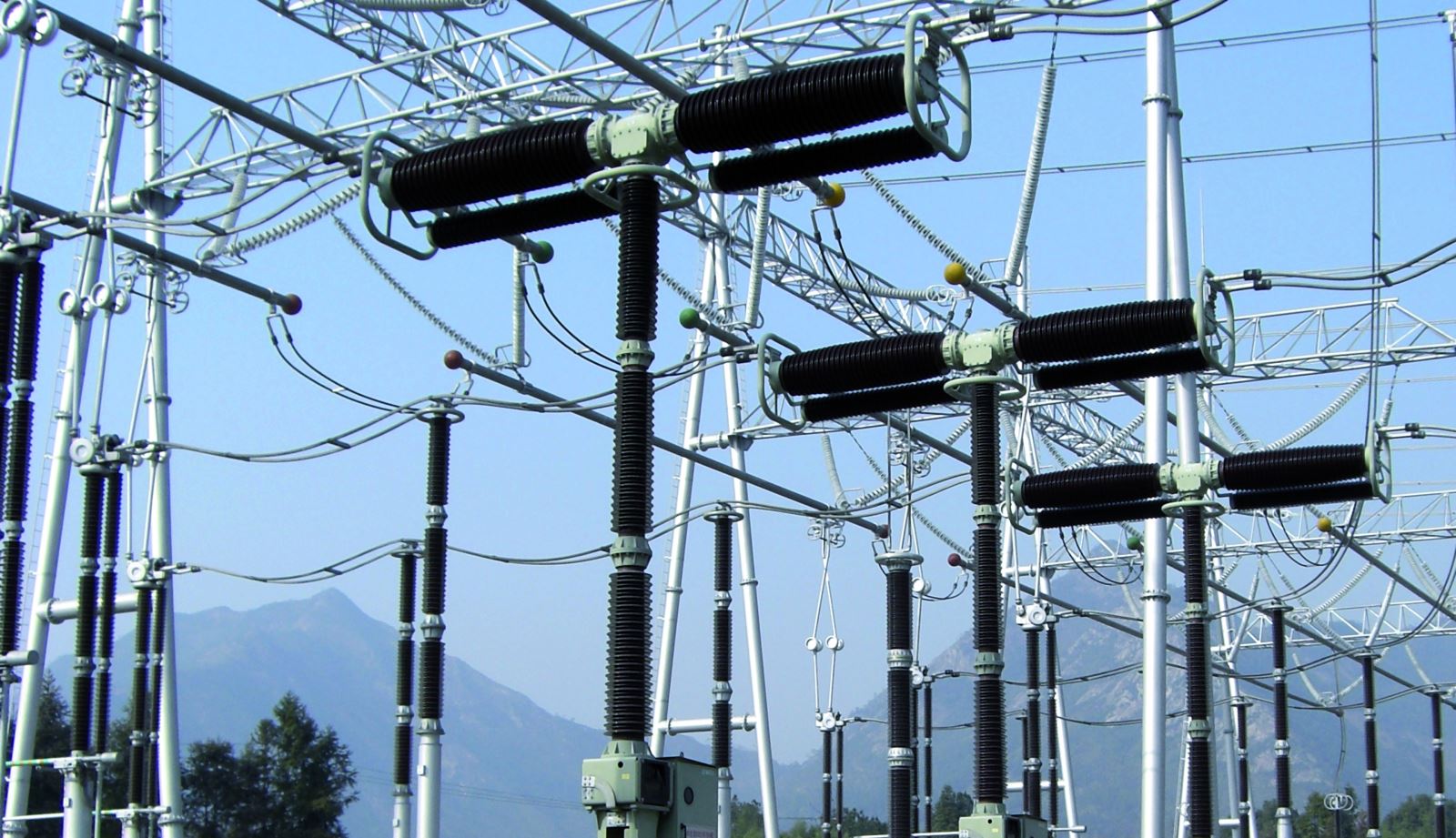According to a recent announcement by international market research firm Technavio, the global overhead cable market share is expected to increase by US$17.67 billion from 2022-26, growing at a compound annual growth rate of 5.1% during the period.
One of the key factors driving the growth of the overhead cable market is the increase in renewable energy generation.
Overhead power cables are widely used to transmit electricity generated by power plants.
The increasing demand for shifting to renewable energy sources has led to an increase in the generation of electricity from wind turbines, solar energy, etc., which has led to the demand for new installations of overhead cables.

The popularity and use of overhead cables cannot be separated from their convenience.
Overhead cable, in full, is called overhead insulated cable.
It is an overhead conductor equipped with an insulation layer and a protective sheath, manufactured using a special cable similar to the cross-linked cable production process, and is a new way of power transmission between overhead conductors and underground cables.
Overhead cables are single-core, according to their structure can be divided into hard aluminum wire structure, hard drawn copper wire structure, aluminum alloy wire structure, steel or aluminum alloy core support structure, and self-supporting three-core stripline structure.
It has the main features of high reliability of power supply, good safety of power supply, convenient erection and maintenance, and reasonable economy. Its main technical parameters include weather resistance, insulation level, and internal and external semi-conductive shielding layer.
The overhead cable is developing rapidly and has been widely used in many countries.
From the current point of view, renewable energy is the fastest-growing source of power generation.
Countries across the globe are focusing on establishing clean energy projects such as solar and wind power generation to reduce the use of fossil fuels, thus stimulating the growth of the overhead cable market.
In terms of trends, the Gulf countries are expected to have a positive impact on this market during the forecast period.
Good economic growth in the region with strong growth in manufacturing, entertainment, tourism, and education sectors is contributing to increased demand for electricity in the region, leading to increased application of overhead cables.
Over the years, mega-city projects, modern infrastructure, increasing migration, and economic development have been on the rise. These developments are expected to create demand for overhead cables, which will drive the growth of the global overhead cable market.
Most of the traditional methods of high voltage power transmission use either high voltage overhead lines or high voltage cable lines as transmission channels, and their respective advantages and disadvantages and their scope of application are well established.
A new high-voltage transmission method between the overhead wires and underground cables - overhead cables have been between the world.
France, Sweden, Finland, and other countries according to their dense forest conditions, in the early 1960s took the lead in the research and development of overhead cables.
Overhead cables have been widely used in Europe, the United States, Japan and Southeast Asia, South Korea and Taiwan Province of China are also mass production of high-voltage overhead cables, using overhead cables for power supply.
Most of the old power grids in cities have been renovated using overhead cables.
Shanghai, China has taken the lead in the use of 1 ~ 10kV overhead cable more than 100 kilometers, Guangzhou, Beijing, Shenyang, Wuhan, Dalian and other major cities and tourist spots are also more imported and domestic overhead cable.
Thus, the cable manufacturers have also been on the horse, researching, and developing such new popular products.
Among them, Harbin Cable Factory and Shandong Cable Factory and several cable factories, the early 1980s from northern Europe, Finland, and other countries to introduce modern cross-linking production equipment, has become the backbone of China's production of overhead cable manufacturers, some of its overhead cable products have been exported to the United Arab Emirates and the Philippines and other countries.

In the forecast period, 34% of the market growth will come from the Asia-Pacific region.
China, Japan, and India are the major markets for overhead cables in the Asia-Pacific region.
The market growth in this region will be faster than the market growth in other regions.
Growing population, rapid industrialization, urbanization, and higher living standards have led to increased demand for electricity in the Asia Pacific region.
This will contribute to the growth of the Asia-Pacific overhead cable market over the forecast period.
On the other hand, volatility in raw material prices is a major challenge for this market.
The major raw materials used for manufacturing overhead power cables are aluminum and copper.
All power cable suppliers bear the majority of the manufacturing cost of acquiring these raw materials.
Fluctuations in the prices of copper and aluminum, as well as other necessary raw materials, result in significant fluctuations in the cost of sales or revenue for cable manufacturers.
Suppliers attempt to recover the instability of metal costs through negotiated price changes in the final product.
As a result, volatile raw material prices may impede the market growth.
The use of overhead cables can significantly reduce all types of short-circuit faults, with a 4-6 times lower fault rate compared to overhead bare conductors.
The use of overhead cables greatly reduces the number of personal electric shock injuries and fatalities
When the overhead cable is energized, when the human body or other animals inadvertently touch the cable insulation surface, as long as the cable does not break through, it will not cause harm to humans and animals.
Overhead cables can be set up on any kind of tower or along the walls, and in special cases can be run through the trees and fixed directly to the tree poles with gold fittings.
Can be a single circuit erection, but also in the same pole erection of multiple lines, without requiring a wide "electrical corridor".
According to the actual situation on-site, we can also ask the manufacturer to make some special fixtures or self-made, so the construction is extremely convenient.
The overhead cable will not be due to tree branch flashing and residents throwing debris, crane boom accidental collision, and the formation of short-circuit tripping accidents, thereby greatly reducing the line maintenance and maintenance work.
Although the use of overhead cable than the use of overhead bare wire in the price to be more expensive, but cheaper than the ordinary underground installation of the cable.
Thus, although the use of overhead cable one-time investment is slightly higher, a combination of other factors, its operating costs will be significantly lower than overhead bare wire.